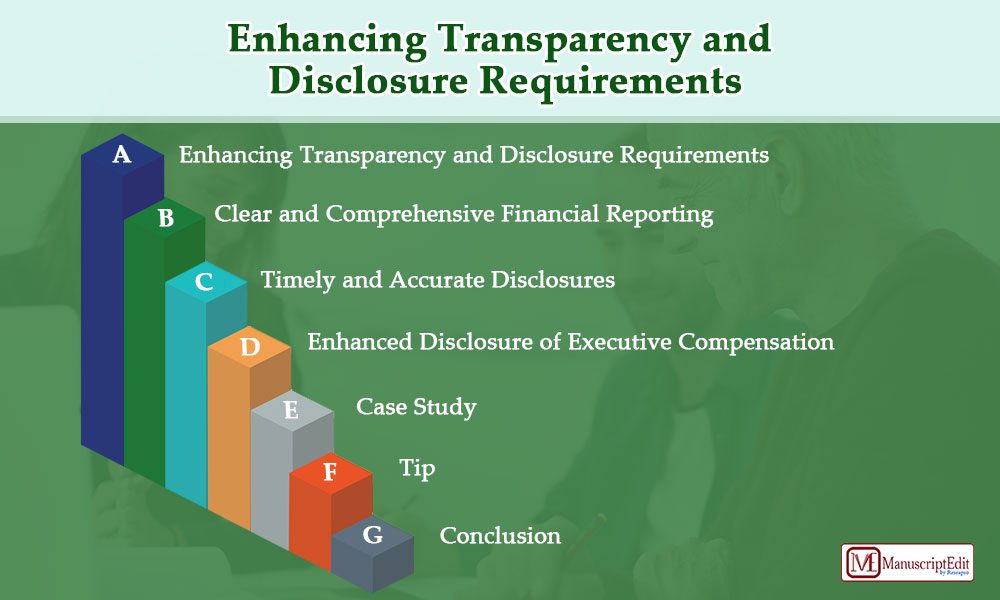Open sharing of research methodologies, data, and conclusions is essential to research transparency and the advancement of scientific knowledge. However, obstacles and restrictions exist, such as data exchange difficulties, intellectual property worries, and a lack of rewards.
This blog post offers researchers helpful guidelines for transparency in research reporting. Overcoming obstacles and encouraging openness in their work will ultimately improve the reliability and significance of scientific research.

What Are Reporting Guidelines in Research?
Research reporting standards are checklists that assist writers in thoroughly and accurately writing and reporting their research articles. These criteria differ for observational studies, case reports, systematic reviews, randomized controlled trials, qualitative research, and pre-clinical animal studies.

How Do You Promote Transparency in Research?
Enhancing transparency in research reports is a multifaceted endeavor. It involves sharing detailed information about the research process, methods, and findings and fostering a culture of open communication and collaboration. This includes making research data, materials, and protocols openly available, reporting results wholly and accurately, disclosing conflicts of interest and funding sources, and using standardized reporting guidelines. Researchers should proactively share and discuss their research with others, thereby contributing to the collective knowledge and understanding of their field.
What Are the Standards of Research Transparency?
To comply with transparency in research and reporting criteria, authors must declare their commitment to transparency and provide resources that lighten their research methodology beyond what is stated in the published work. This covers background data, protocols for gathering data, techniques for analyzing data, and programmer code. Additionally, the authors must disclose potential conflicts of interest and funding sources.
Guidelines for Transparency in Research Reporting
Clearly defining study objectives, creating a thorough methodology, and identifying potential ethical and legal difficulties are all critical to promoting research transparency. Document and share study materials and processes and make data management and sharing plans. Share data in a machine-readable format and use open-access data repositories.
Report all the results, even the unfavorable ones, and refrain from p-hacking and selective reporting. Declare all financial sources, intellectual property, and conflicts of interest. Collaborate with others, communicate openly, and disseminate research findings. In addition to exhibiting accountability and a dedication to transparency, swiftly address mistakes or concerns.

Conclusion
Research transparency is essential for upholding public confidence, expanding scientific understanding, and encouraging cooperation. Transparent research techniques allow researchers to speed up discovery, promote collaboration, and guarantee the accuracy and dependability of their work.
References
- https://www.hra.nhs.uk/planning-and-improving-research/policies-standards-legislation/research-transparency/
- https://www.google.com/imgres?q=Guidelines%20for%20Enhancing%20Research%20Transparency&imgurl=https%3A%2F%2Fwww.mpip-initiative.org%2Ftransparencymatters%2Fimages%2Ftop_guidelines.jpg&imgrefurl=https%3A%2F%2Fwww.mpip-initiative.org%2Ftransparencymatters%2Fwtmtmblog.html&docid=X7XxLzVR0VlLkM&tbnid=TaFtkU5eyKKnzM&vet=12ahUKEwiFkL_X6cSFAxXbZzABHYtrAU0QM3oECH4QAA..i&w=721&h=406&hcb=2&ved=2ahUKEwiFkL_X6cSFAxXbZzABHYtrAU0QM3oECH4QAA